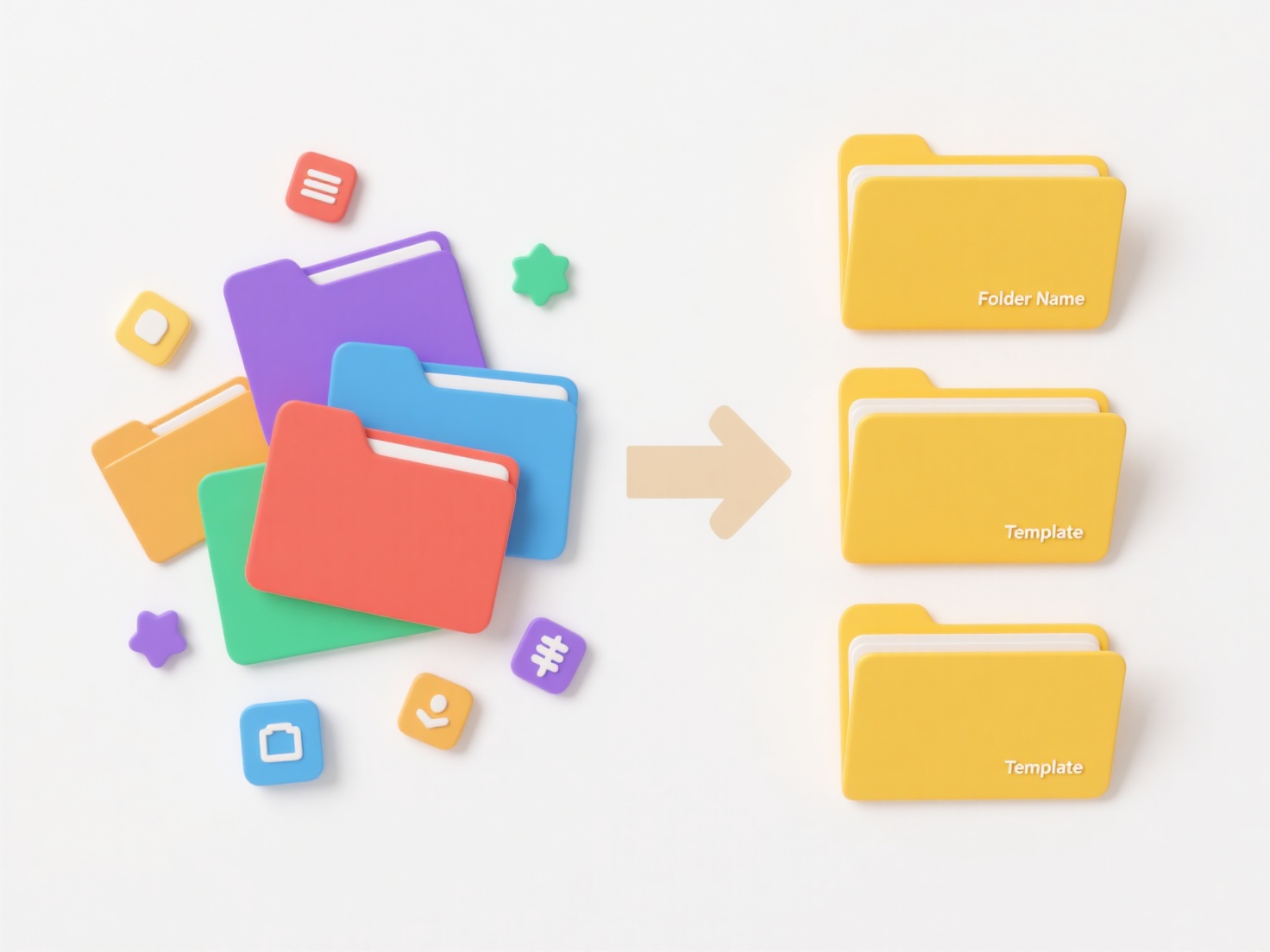
Renaming files changes their identity without altering content. Flagging these requires systems that detect such changes—different from creations, modifications, or deletions—and marks them for human assessment. This is often achieved using specialized tools that compare file metadata over time to identify name changes and trigger alerts.

In practice, data loss prevention (DLP) software within enterprise IT security uses this capability. For instance, an employee renaming sensitive documents for unauthorized transfer might trigger a flagged alert for review. Similarly, file integrity monitoring tools in software development track renamed code files across version history, prompting teams to confirm these changes align with project objectives.
Flagging renamed files enhances content tracking and security compliance. However, limitations exist: automation may overlook context, generating false positives (benign renames flagged) or false negatives (intentional misdirection). Review processes also demand resources. Ethically, manual reviews must balance security with user privacy, ensuring justified access. Future developments involve machine learning to improve context-aware detection, reducing unnecessary reviews while maintaining critical oversight.
How can I flag renamed files for manual review?
Renaming files changes their identity without altering content. Flagging these requires systems that detect such changes—different from creations, modifications, or deletions—and marks them for human assessment. This is often achieved using specialized tools that compare file metadata over time to identify name changes and trigger alerts.

In practice, data loss prevention (DLP) software within enterprise IT security uses this capability. For instance, an employee renaming sensitive documents for unauthorized transfer might trigger a flagged alert for review. Similarly, file integrity monitoring tools in software development track renamed code files across version history, prompting teams to confirm these changes align with project objectives.
Flagging renamed files enhances content tracking and security compliance. However, limitations exist: automation may overlook context, generating false positives (benign renames flagged) or false negatives (intentional misdirection). Review processes also demand resources. Ethically, manual reviews must balance security with user privacy, ensuring justified access. Future developments involve machine learning to improve context-aware detection, reducing unnecessary reviews while maintaining critical oversight.
Quick Article Links
Why are my file names duplicated with a timestamp or hash code?
Filename duplication with timestamps (like "report_20230715_142356.txt") or hash codes (like "file_ab34e1d9.txt") occurs...
Can changing a file’s extension harm my computer?
A file extension is the suffix at the end of a filename (like .docx, .jpg, .exe) that tells your operating system which ...
How do I handle naming when multiple files share similar titles?
How do I handle naming when multiple files share similar titles? Naming files with similar titles often leads to confu...